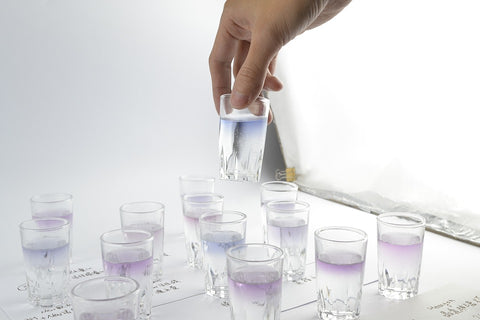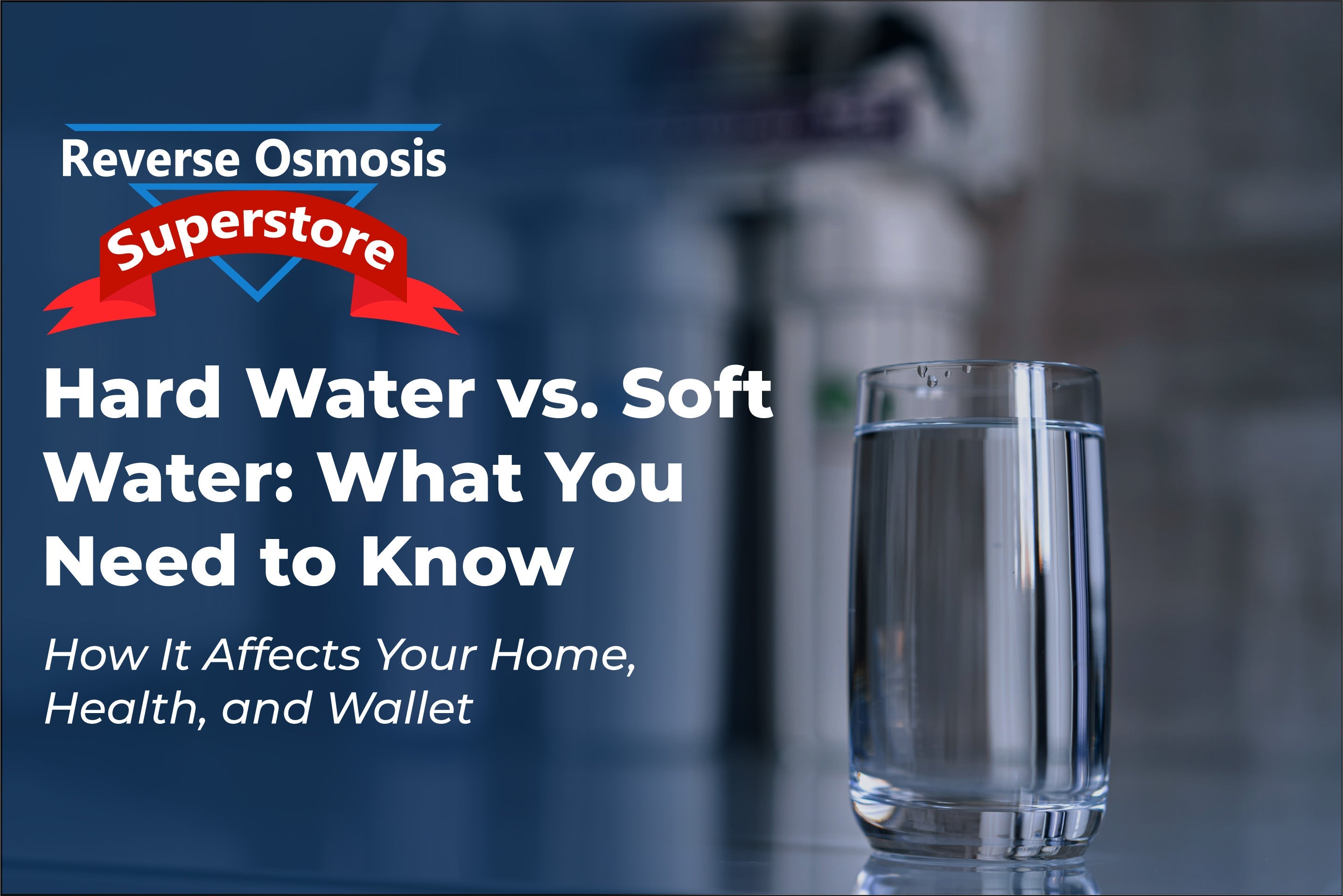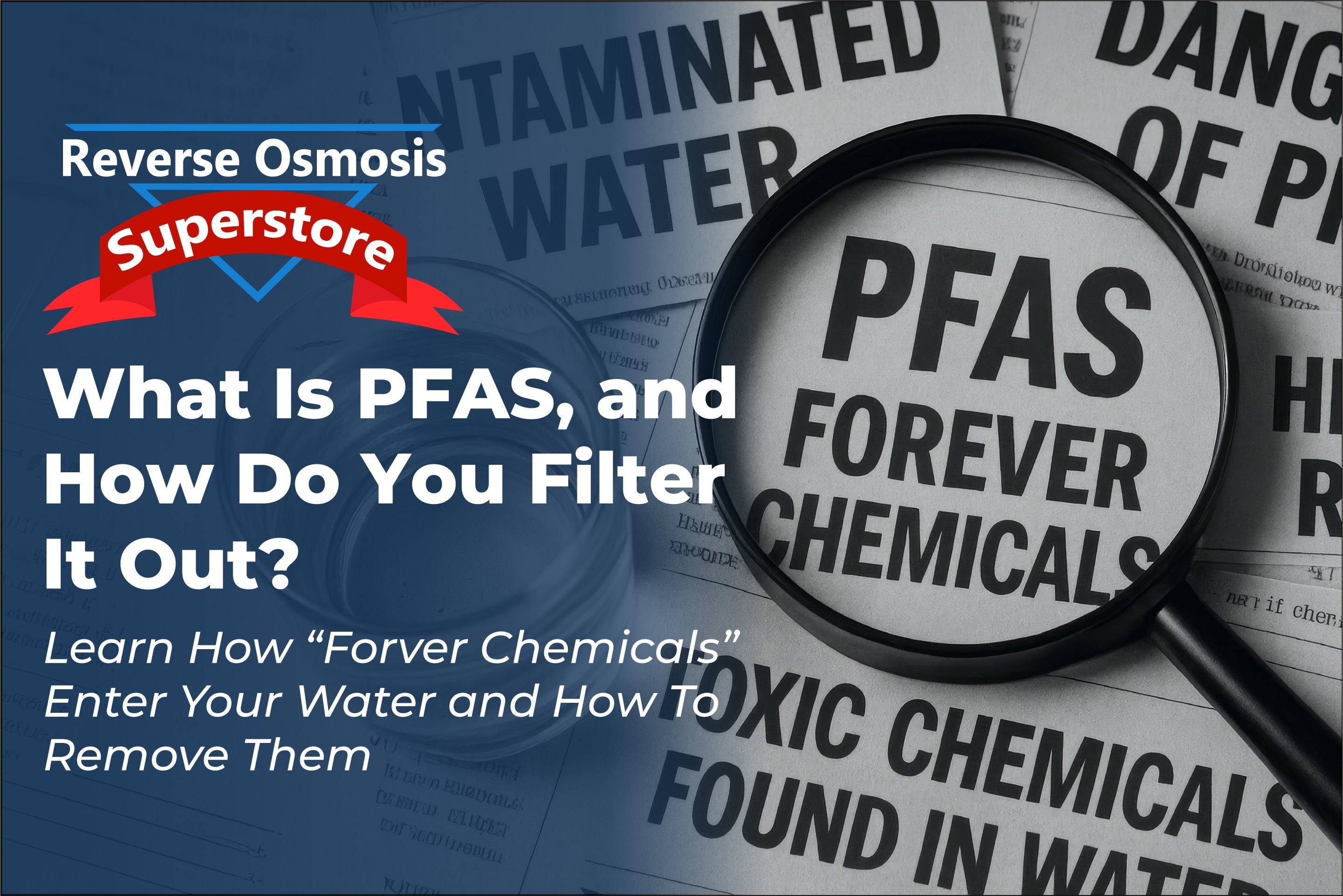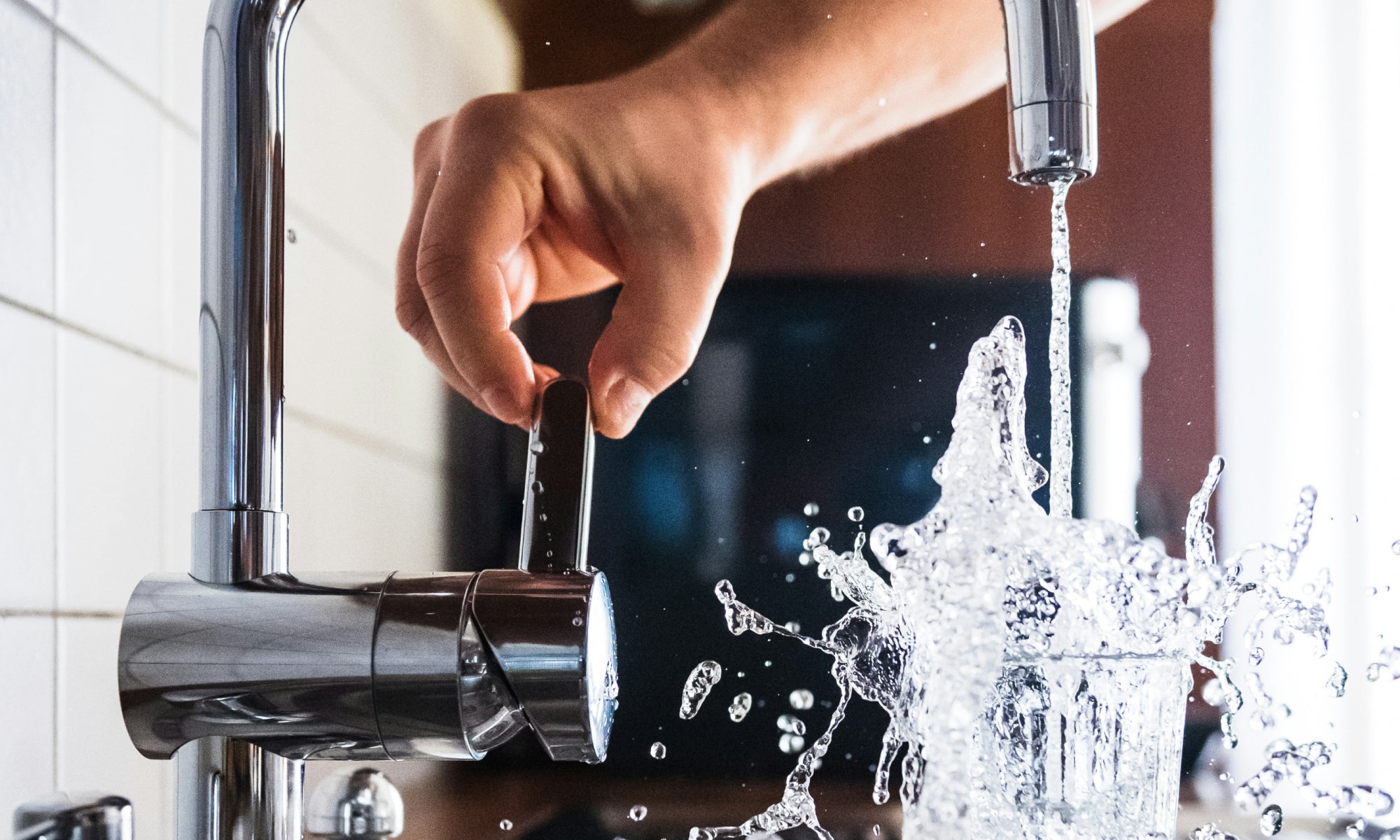Is Your Water Safe? How To Test Your Water For Contaminants.
 Studies show the leading causes of death and disease worldwide are related to contaminated water, with more than 14,000 people dying every day. Water is key for sustaining life, growing and maintaining healthy crops, gardens, pets, and livestock. How can you make sure your water is safe?
Studies show the leading causes of death and disease worldwide are related to contaminated water, with more than 14,000 people dying every day. Water is key for sustaining life, growing and maintaining healthy crops, gardens, pets, and livestock. How can you make sure your water is safe?
Measuring Total Dissolved Solids (TDS)
Total dissolved solids are foreign materials that are dissolved in your water. Solids that can be found in water include salts, calcium, magnesium, or sodium, and organic materials, even sewage. Total dissolved solids are generally measured in parts per million or ppm.
There are meters that can measure your TDS and monitor the "creep" that can happen in your water. A TDS EZ Water Meter is a great meter for the homeowner to test his or her own water in order to help identify the best filtration method. The HM Digital COM-100 TDS Meter is ideal for the water professional or business owner due to it’s accuracy and features, including temperature and conductivity. We also offer a John Guest Inline TDS Water Meter that monitors not only the water coming into your house, but the water leaving your water filtration system.
Measuring Other Contaminants
The most common other contaminants found in drinking water are bacteria and nitrates, and elements like lead, iron, copper. Depending on the contaminant, there are varying levels that are considered safe.
There are PurTest Home Water Analysis Kits that can measure and test for 19 different contaminants. It's easy to use, and is relatively inexpensive. Water testing kits are often quick, easy, and effective when you measure for lead or bacteria only.
You’ve Tested Your Water. Now What?
There are a wide variety of water filtration and treatment solutions, including home and commercial reverse osmosis systems and water softeners. If you have any questions about water testing products or how to choose the right water treatment system for your application, please give us a call at (888) 309-2837.
Digging A Little Deeper: How Does Water Become Contaminated?
There are a number of ways the water can become polluted. In cities and urban areas debris and chemicals from roadwork, road runoff, industrial wastewater all play a role in the quality of our water. Near farms and in rural parts of the country runoff from fertilized crops into our wells and groundwater is a major contributor to water contamination. Natural disasters, everyday elements like iron, copper, chlorine, and lead, and even sewage play a role in the quality of our water regardless of where we live.
In some cases, the contamination may be attributed to the home we live in. In particular, homes with older copper or lead pipes have been known to add toxins not only to the water we drink, but to the water we use for baths, showers, and even the water we use to waters our lawns and gardens. Water contamination levels can vary depending on the region and community you live in, as well as how recently the pipes in your home have been renovated.




